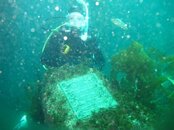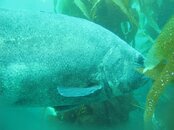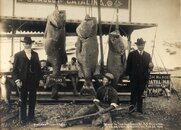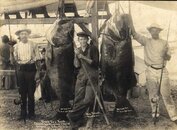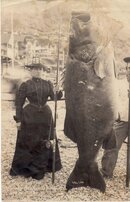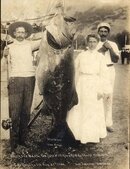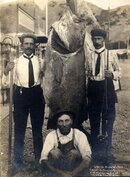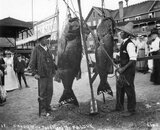In another thread long time SoCal diver Dr. Sam Miller brought up the subject of weight estimates for giant sea bass observed by divers underwater and their actual weights when measured topside. Sam is definitely correct in that divers probably often over estimate the size of these rather monstrous fish (just like anglers topside do for the "one that got away").
I thought I'd post a few pictures from the early years when these magnificent fish were the target of anglers and later spearfishers. All these photos are courtesy of the Catalina Island Museum. Divers may be surprised at the weights listed for them after being weighed in on the Tuna Club scales here in Avalon. Personally, I hope we never see these fish topside like this again. They were exploited commercially starting back in the 1880s and possibly earlier, by sport anglers in the latter 1800s and 1900s and by spearos mostly after World War II.
weight not given
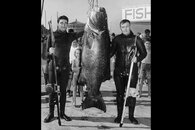
270 lbs
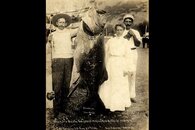
242 lbs
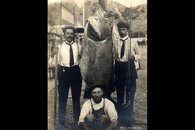
416 lbs
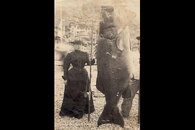
322 and 196 lbs
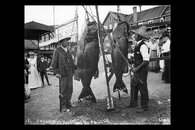
174, 210 and 190 lbs
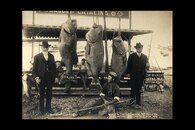
310 and 352 lbs
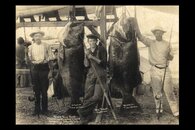
I thought I'd post a few pictures from the early years when these magnificent fish were the target of anglers and later spearfishers. All these photos are courtesy of the Catalina Island Museum. Divers may be surprised at the weights listed for them after being weighed in on the Tuna Club scales here in Avalon. Personally, I hope we never see these fish topside like this again. They were exploited commercially starting back in the 1880s and possibly earlier, by sport anglers in the latter 1800s and 1900s and by spearos mostly after World War II.
weight not given

270 lbs

242 lbs

416 lbs

322 and 196 lbs

174, 210 and 190 lbs

310 and 352 lbs




